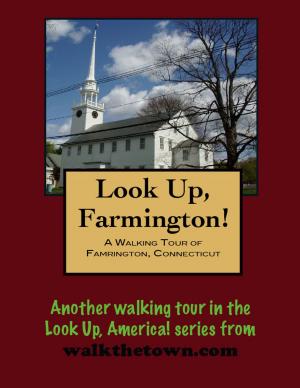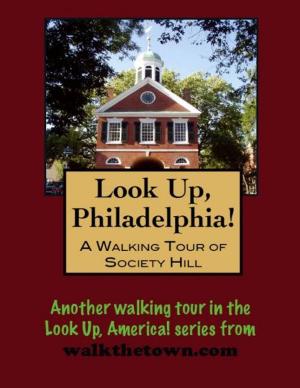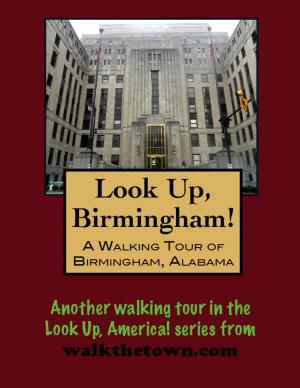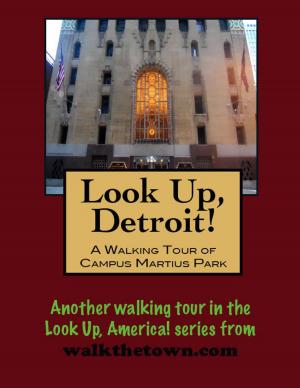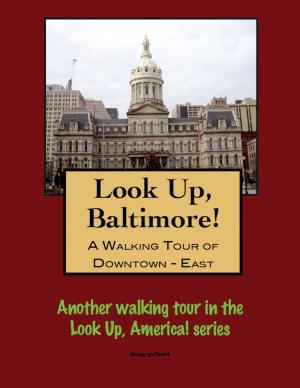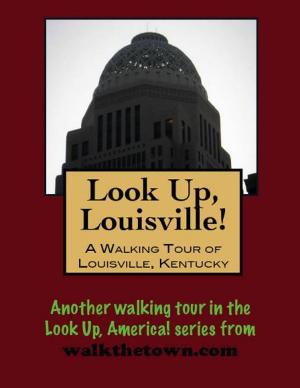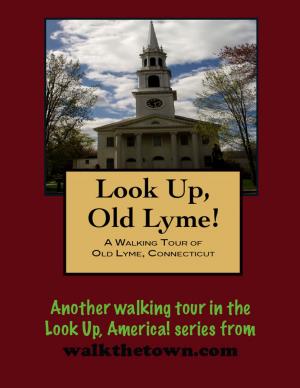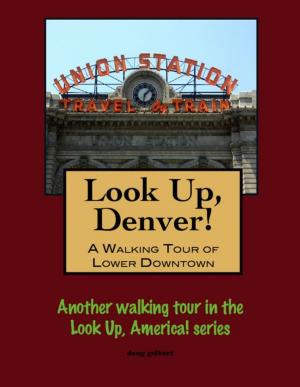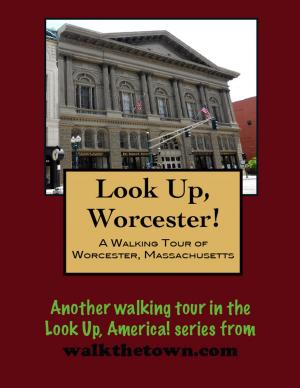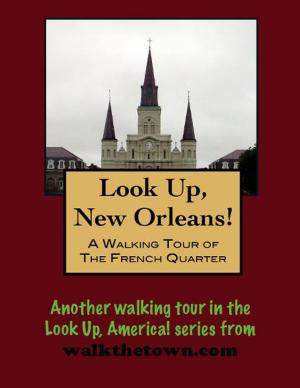| Author: | Doug Gelbert | ISBN: | 9781458060914 |
| Publisher: | Doug Gelbert | Publication: | February 10, 2011 |
| Imprint: | Smashwords Edition | Language: | English |
| Author: | Doug Gelbert |
| ISBN: | 9781458060914 |
| Publisher: | Doug Gelbert |
| Publication: | February 10, 2011 |
| Imprint: | Smashwords Edition |
| Language: | English |
There is no better way to see America than on foot. And there is no better way to appreciate what you are looking at than with a walking tour. Whether you are preparing for a road trip or just out to look at your own town in a new way, a downloadable walking tour is ready to explore when you are.
Each walking tour describes historical and architectural landmarks and provides pictures to help out when those pesky street addresses are missing. Every tour also includes a quick primer on identifying architectural styles seen on American streets.
John Potts built a Colonial-era iron empire at the confluence of the Schuylkill River and Manatawney Creek in the 1750s. In 1761 he advertised building lots for sale in a new town he was calling Pottsgrove along the Great Road that led from Philadelphia out to Reading. The village grew slowly, inhabited mainly by Pottses - John had 13 children. There were still only a few hundred inhabitants a half-century later when Pottsgrove officially became Pottstown when it was incorporated as the second borough in Montgomery County, just three years after the first, Norristown, was established.
By 1840 there were still less than a thousand people living in the rural village when the Philadelphia and Reading Railroad made a fateful decision to run its tracks on Pottstown’s side of the Schuylkill River and locate much of its car building and repair facilities in the town. The population would grow 16-fold before the end of the 19th century.
Pottstown’s heavy industry became known nationwide. The first iron truss bridge in the United States was built in 1845 in the Philadelphia & Reading Railroad blacksmith shop. A girder from that bridge is on display in the Smithsonian Institute in Washington, D.C. Iron and steel from Pottstown’s furnaces and rolling mills was used in the George Washington Bridge, on the locks of the Panama Canal and in America’s first skyscrapers. John Ellis had built a factory to produce his Ellis Champion Grain Thresher, which was being shipped to practically every grain growing country in the world.
Most of the building stock on Pottstown’s present-day streets emanates from the boom days of the late 1800s through early 1900s. There are many fine examples of residential and commercial buildings from that time when Pottstown was an important iron center.
Our walking tour will explore the Old Pottstown Historic District that roughly adheres to the town laid out by John Potts in 1761 and we’ll begin at the elegant Georgian home of the old iron master himself...
There is no better way to see America than on foot. And there is no better way to appreciate what you are looking at than with a walking tour. Whether you are preparing for a road trip or just out to look at your own town in a new way, a downloadable walking tour is ready to explore when you are.
Each walking tour describes historical and architectural landmarks and provides pictures to help out when those pesky street addresses are missing. Every tour also includes a quick primer on identifying architectural styles seen on American streets.
John Potts built a Colonial-era iron empire at the confluence of the Schuylkill River and Manatawney Creek in the 1750s. In 1761 he advertised building lots for sale in a new town he was calling Pottsgrove along the Great Road that led from Philadelphia out to Reading. The village grew slowly, inhabited mainly by Pottses - John had 13 children. There were still only a few hundred inhabitants a half-century later when Pottsgrove officially became Pottstown when it was incorporated as the second borough in Montgomery County, just three years after the first, Norristown, was established.
By 1840 there were still less than a thousand people living in the rural village when the Philadelphia and Reading Railroad made a fateful decision to run its tracks on Pottstown’s side of the Schuylkill River and locate much of its car building and repair facilities in the town. The population would grow 16-fold before the end of the 19th century.
Pottstown’s heavy industry became known nationwide. The first iron truss bridge in the United States was built in 1845 in the Philadelphia & Reading Railroad blacksmith shop. A girder from that bridge is on display in the Smithsonian Institute in Washington, D.C. Iron and steel from Pottstown’s furnaces and rolling mills was used in the George Washington Bridge, on the locks of the Panama Canal and in America’s first skyscrapers. John Ellis had built a factory to produce his Ellis Champion Grain Thresher, which was being shipped to practically every grain growing country in the world.
Most of the building stock on Pottstown’s present-day streets emanates from the boom days of the late 1800s through early 1900s. There are many fine examples of residential and commercial buildings from that time when Pottstown was an important iron center.
Our walking tour will explore the Old Pottstown Historic District that roughly adheres to the town laid out by John Potts in 1761 and we’ll begin at the elegant Georgian home of the old iron master himself...

